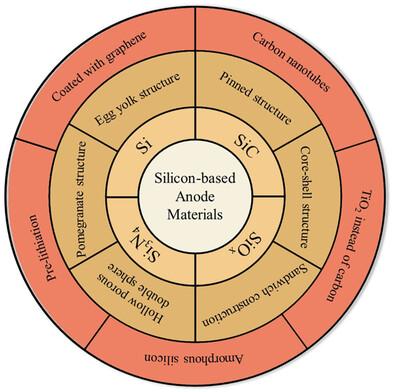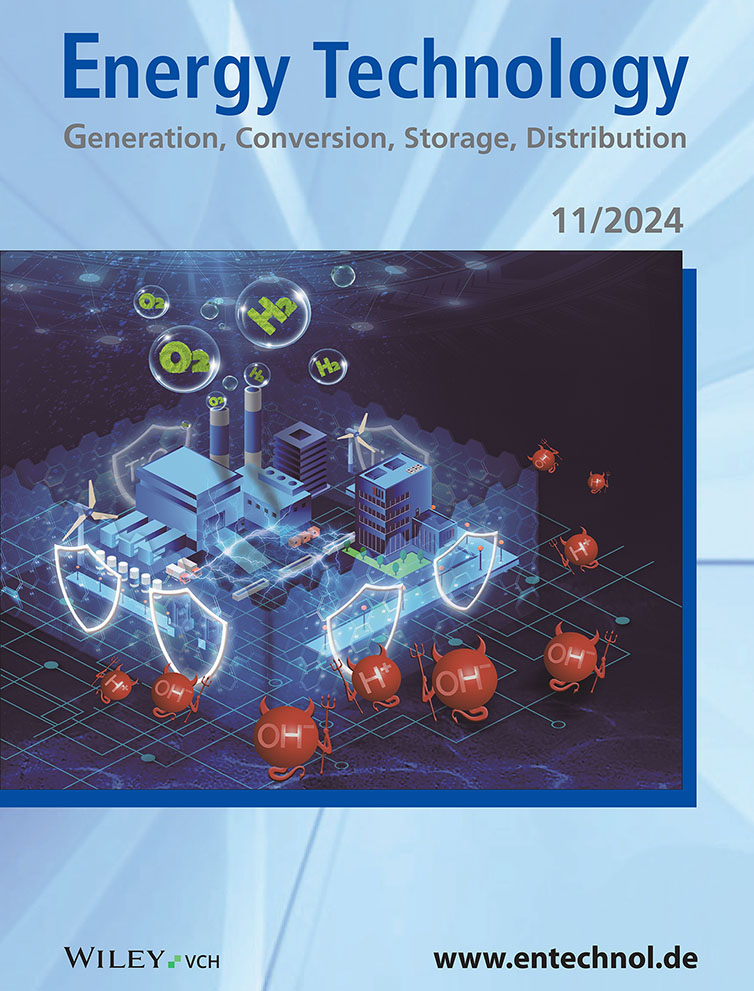Structural Control and Optimization Schemes of Silicon-Based Anode Materials
Abstract
Rechargeable lithium-ion batteries (LIBs) are today's best performing and most promising energy storage devices. Silicon-based anode materials with ultrahigh specific capacity are expected to help LIBs play a more significant role in practical applications. However, the irreversible volume expansion of silicon during charge and discharge, which makes the material devastatingly shattered, and the unstable solid electrolyte intermediate film have greatly affected the LIB cycle stability and slowed the commercialization of silicon-based anode LIBs. In recent years, various approaches have been tried to reduce the adverse effects of bulk effects, and nanosizing is a widely recognized and practical approach. Still, it has also reached a bottleneck in development. This work provides a comprehensive review of the recent progress in improving the electrochemical performance of silicon-based anode LIBs. The development of mainstream silicon-based compounds is described, the role of various structural control means for the improvement of silicon-based anodes is elaborated, as well as other optimization schemes, and a view on the future development of silicon-based anodes is presented.


 求助内容:
求助内容: 应助结果提醒方式:
应助结果提醒方式:


